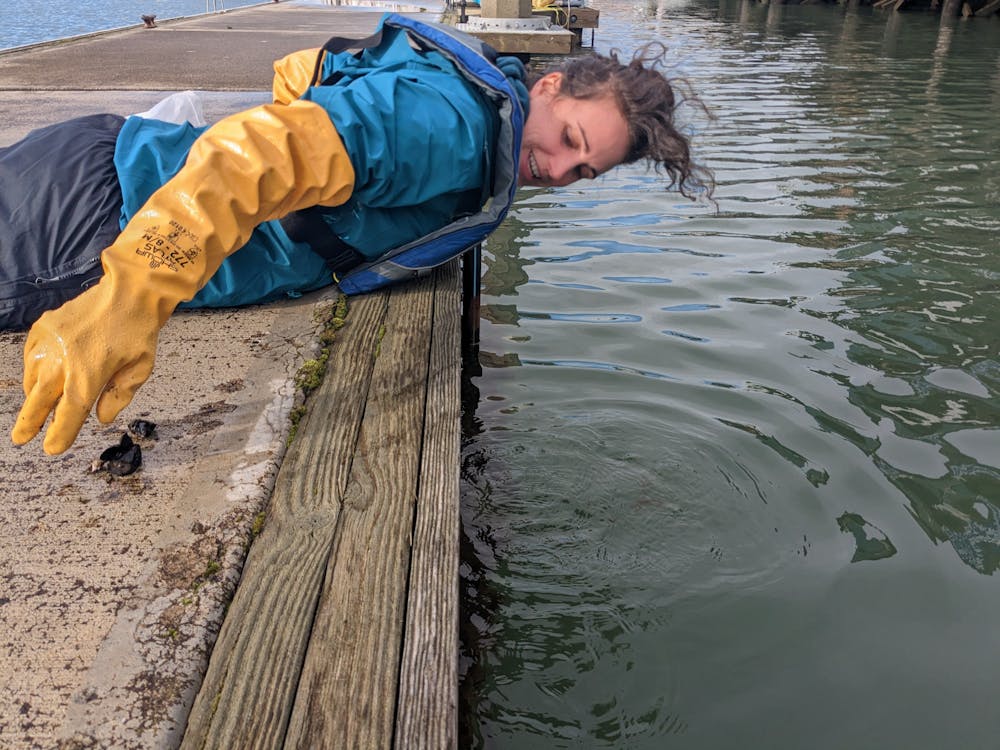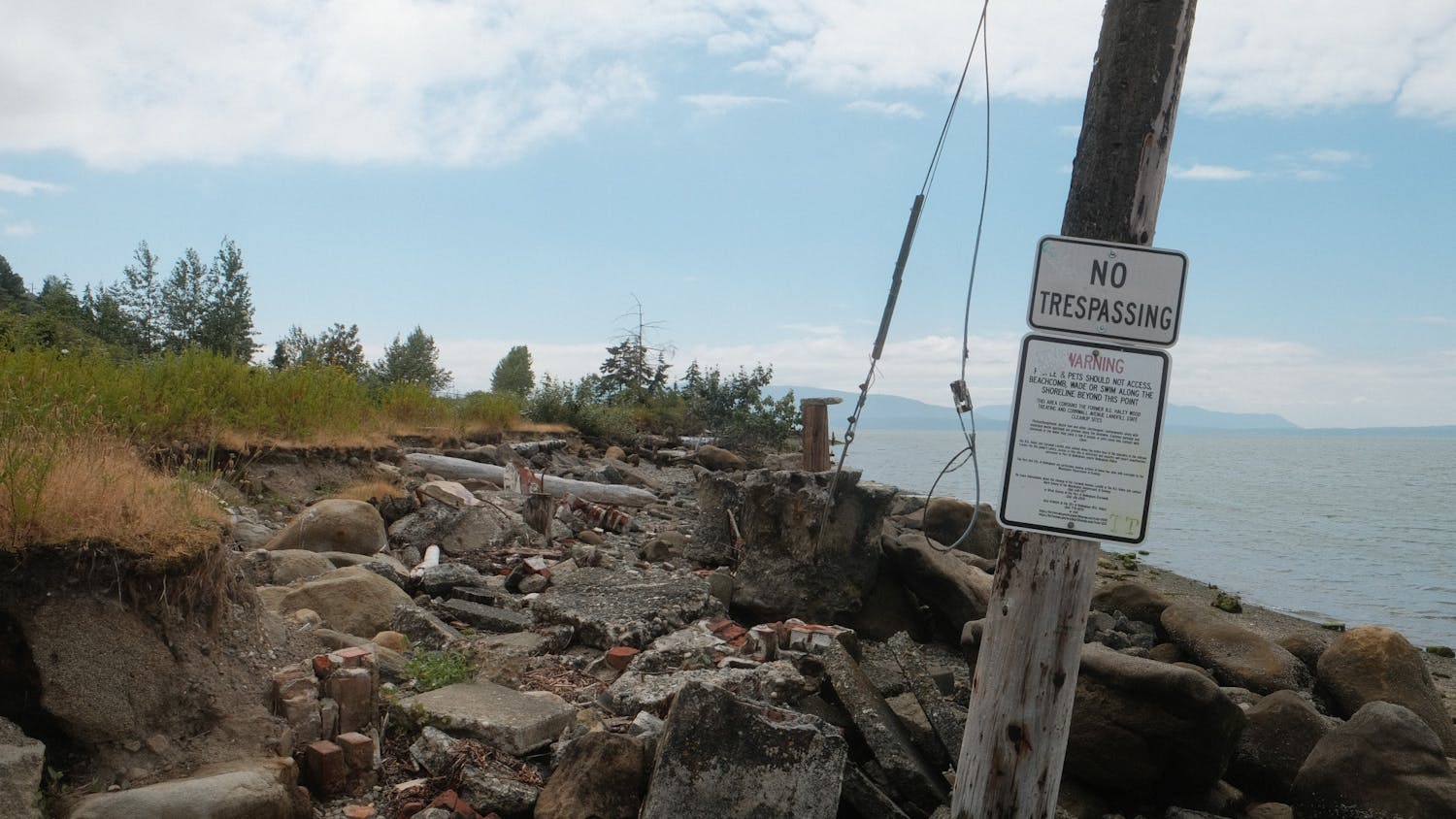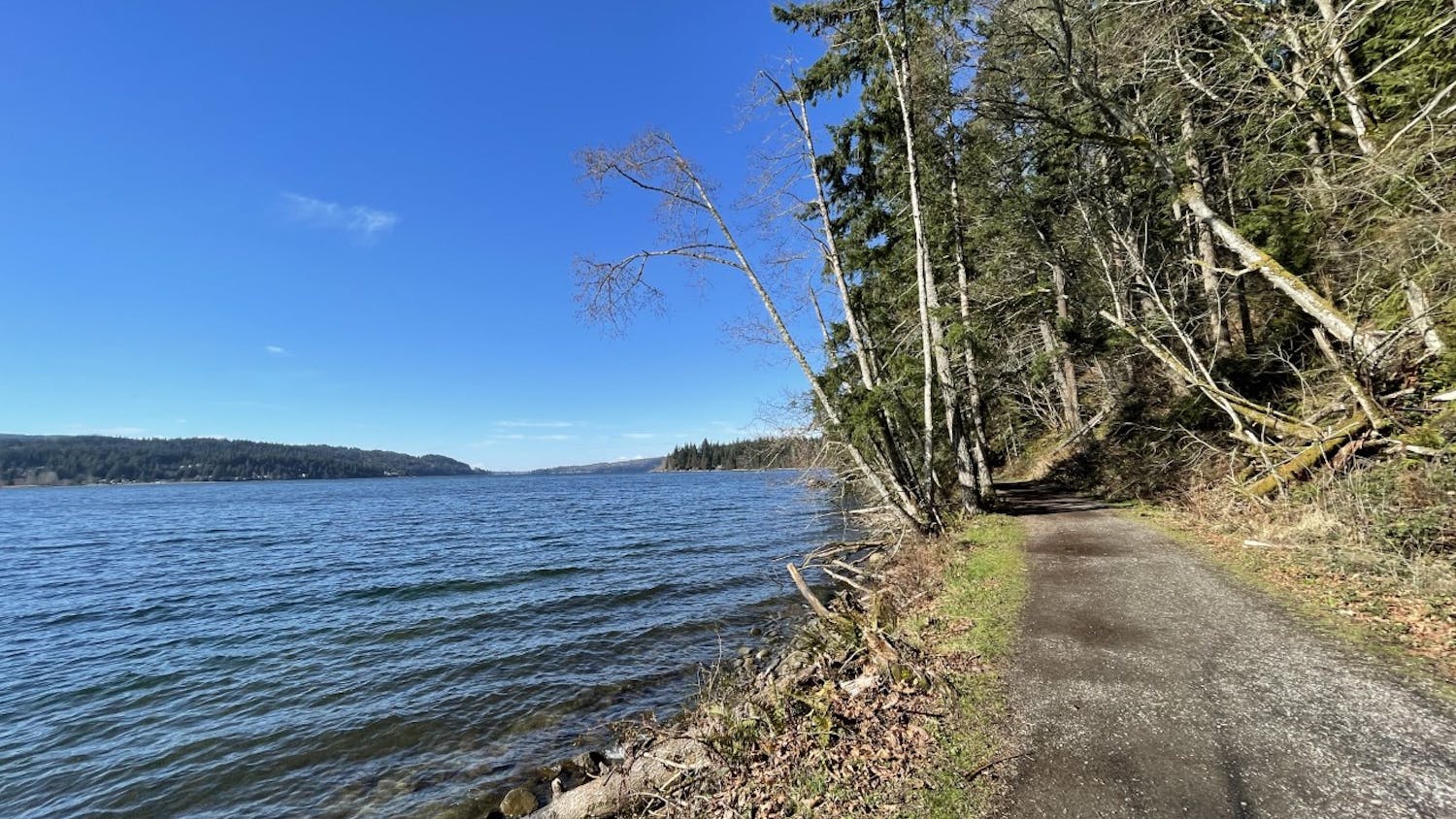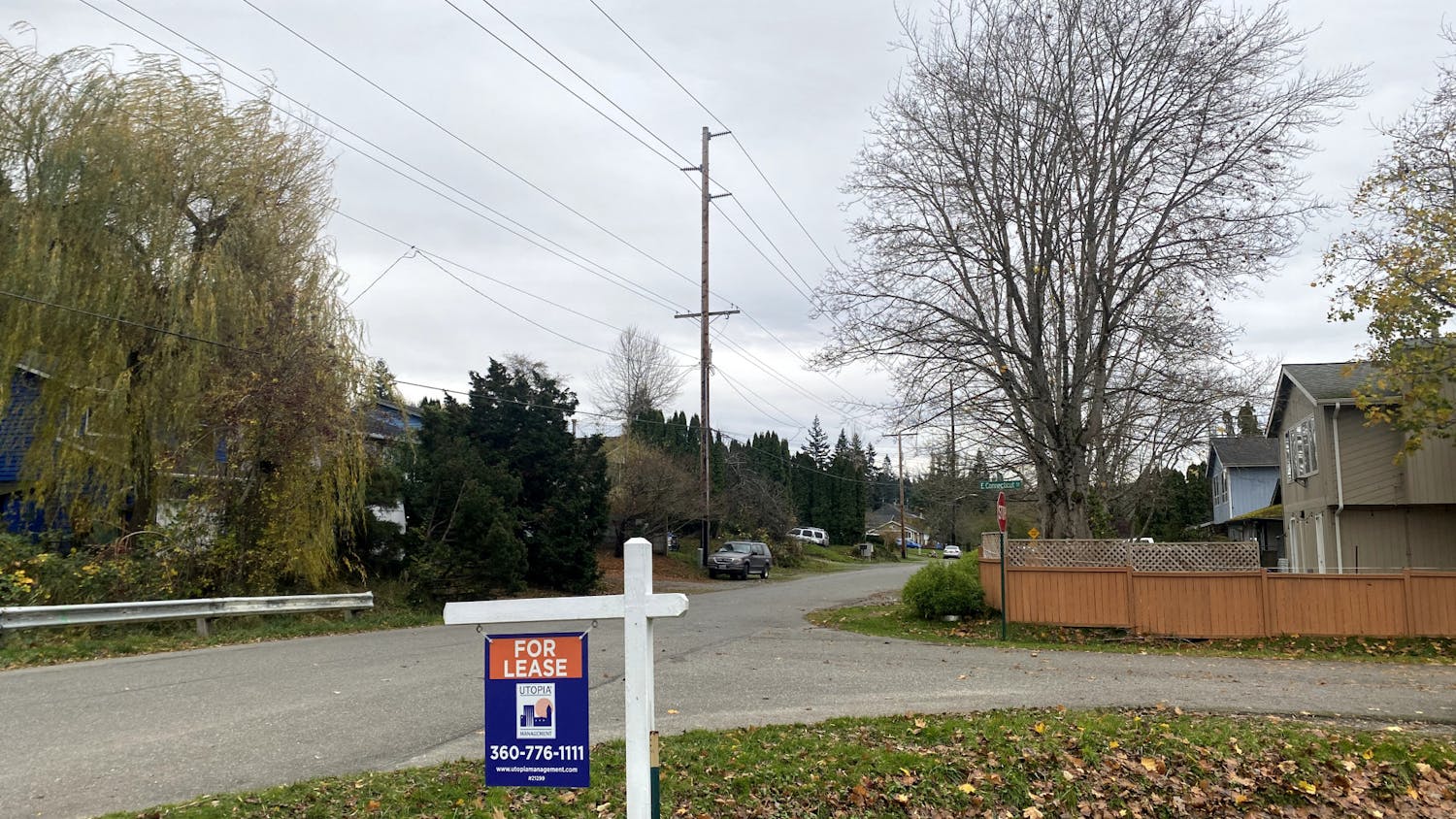Last month, the Washington State Department of Health lifted several of its beach closures in Whatcom County. Warnings that had restricted the harvesting of all types of clams lessened to only restrict the collection of butter and varnish clams.
The cause of these closures was largely unseen, at least to the naked eye. Lurking in the tissue of filter feeders like mussels and clams is a poison that can kill a human in less than 30 minutes, given a high enough concentration.
Biotoxins are naturally occurring in the ocean, according to Jerry Borchert, head of the marine biotoxins department at the Washington State Department of Health. Certain species of phytoplankton – tiny underwater plants – produce this toxin, which ends up in some shellfish as they filter through up to 50 gallons of ocean water a day to find food.
“If people were to eat that shellfish, they could get really sick or potentially die in a worst case scenario,” Borchert said.
His department, the largest of its kind in the U.S., works to monitor biotoxin levels in shellfish and close or open beaches to shellfish harvesting based on their findings. Monitoring programs like the one here in Washington state are vital to protect the health and safety of the public as biotoxic events can often occur without warning.
Up to 3,000 samples of mussel tissue are taken each year from the coast, bays and harbors surrounding Bellingham for each type of commonly found toxin: amnesic, diarrhetic and paralytic shellfish poisons. The Washington Department of Health Laboratories in Shoreline, Wash. receives the samples and tests for biotoxins.
“They take a whole bag of shellfish and take the shells away, and they blend it all up and then extract that shellfish for the presence of these toxins,” Borchert said.
Monitoring and collection increases and decreases depending on the season. During the off season, biotoxin levels tend to decrease as fewer hours of sunlight make it harder for toxin-producing phytoplankton to grow and reproduce. Sampling increases in April through September.
Members of the department, local health partners and even citizen scientist volunteers are just some of those responsible for collecting the tissue samples that are sent to the lab.
Beth Lorence, the illness prevention coordinator for the Washington State Department of Health, collects mussels at least bi-weekly from Squalicum Harbor in Bellingham.
If biotoxins are confirmed to be in a sample, the testing site is closed to shellfish harvesting. Signs are posted on beaches, local news sites release the information and localities in the area are notified.
The Lummi Natural Resource Department provides data for Borchert’s team while also conducting their own monitoring. Clara Schlieman, Shellfish Biologist III for the department, coordinates biotoxin sampling and commercial clam openings. Her team collects Manila clam samples at least every other week during the cooler months and samples two days before any harvest is opened to ensure and verify that conditions are safe for the community.
“You can’t understate the importance of shellfish,” Schlieman conveyed from a tribal member in an email. “Since time immemorial the Lhaq'temish, the Lummi People, have been saying, ‘When the tide is out, the table is set.’”
The Washington Department of Health also regularly updates their Shellfish Safety Information map.
Walter Wilson, a recreational fisherman and employee at Yeager’s Sporting Goods, regularly checks the department’s map before heading out at low tide with his bucket and shovel.
“You have to be careful when you’re harvesting clams. First of all, just use common sense,” Wilson said.
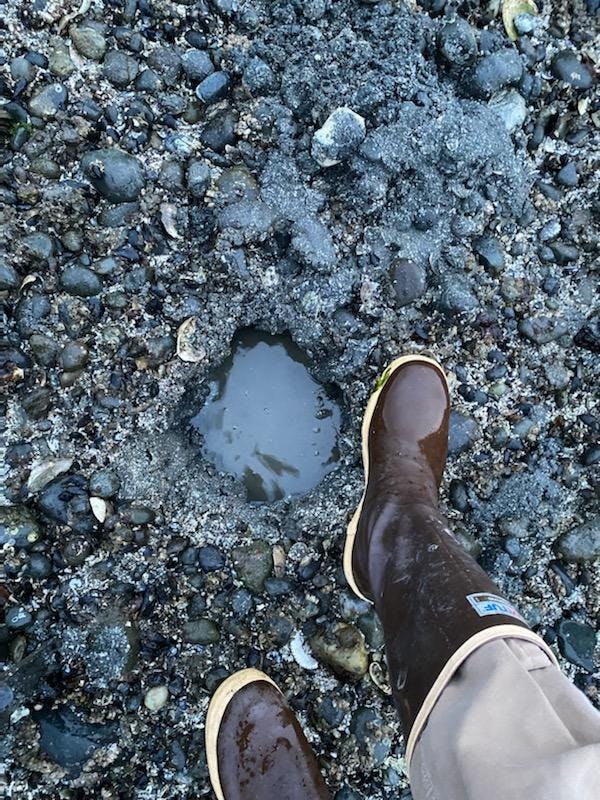
Walter Wilson’s clamming boots next to a hole. Wilson dug his limit of butter clams (10lbs worth) out of this one hole on Birch Bay, Wash., in April 2022. He was sure to fill the hole back in after digging and encourages other clammers to do the same to prevent killing more clams than are harvested. // Photo courtesy of Walter Wilson
The fee Wilson pays for his shellfish harvesting license goes directly to the biotoxins monitoring department.
Harvesters in the past have said they wouldn’t mind spending even more on a license to ensure the monitoring department continues its work, Borchert said.
Continued monitoring by the state health department and tribes like the Lummi Nation means healthier clam harvests from Bellingham's surrounding waterways.
“The work [is] being conducted by the Lummi Nation and many other tribes,” Schlieman wrote in an email. “[It] is a key component of ensuring the resources that have supported the tribes since time immemorial will endure and a word for starvation remains untold.”
Riley Weeks was a city news beat reporter for The Front. She is a senior in the environmental studies/journalism program and is working to complete minors in American Indian Studies and Law, Diversity and Justice. When she's not reporting, Riley loves to hike, bake and read.
You can reach her at riley.thefront@gmail.com.


